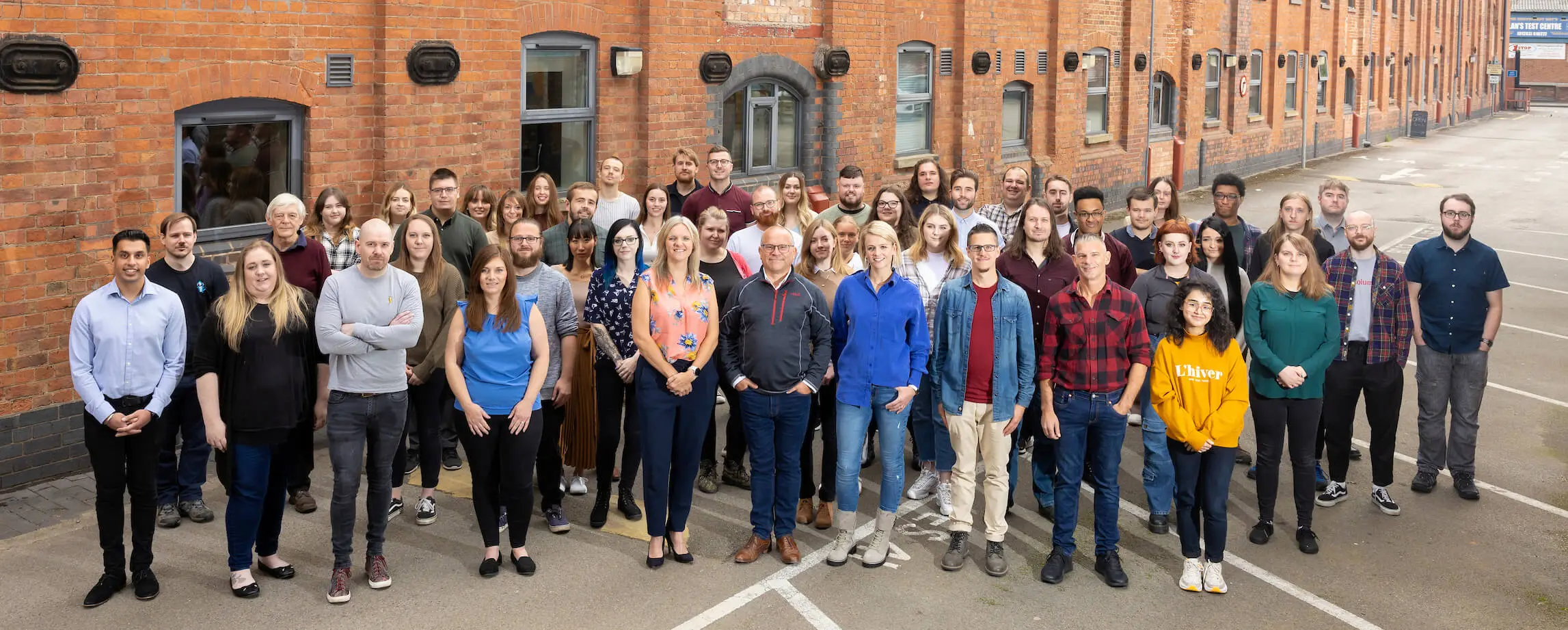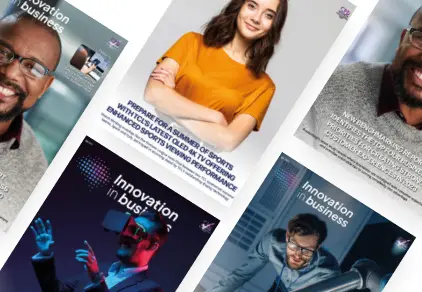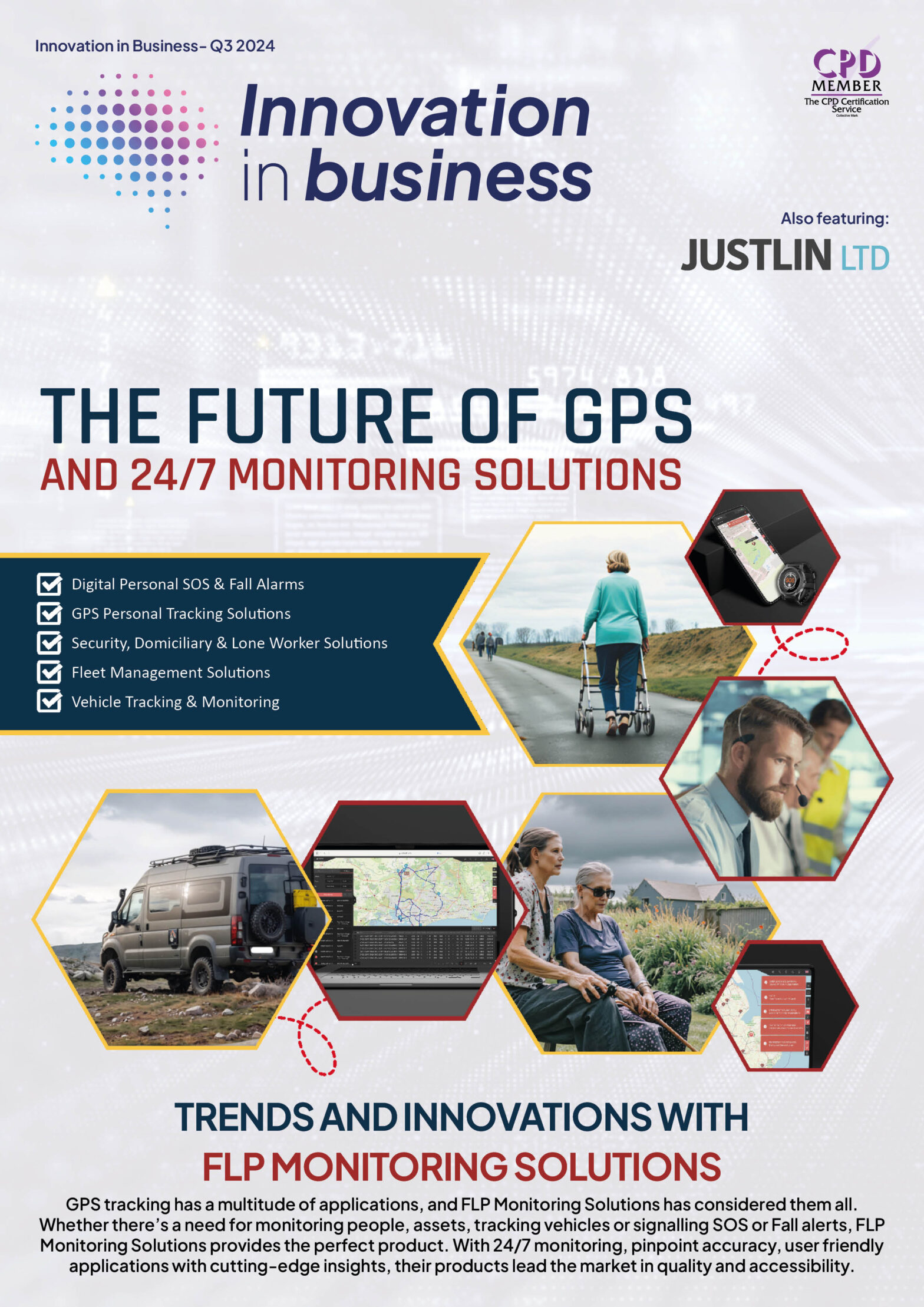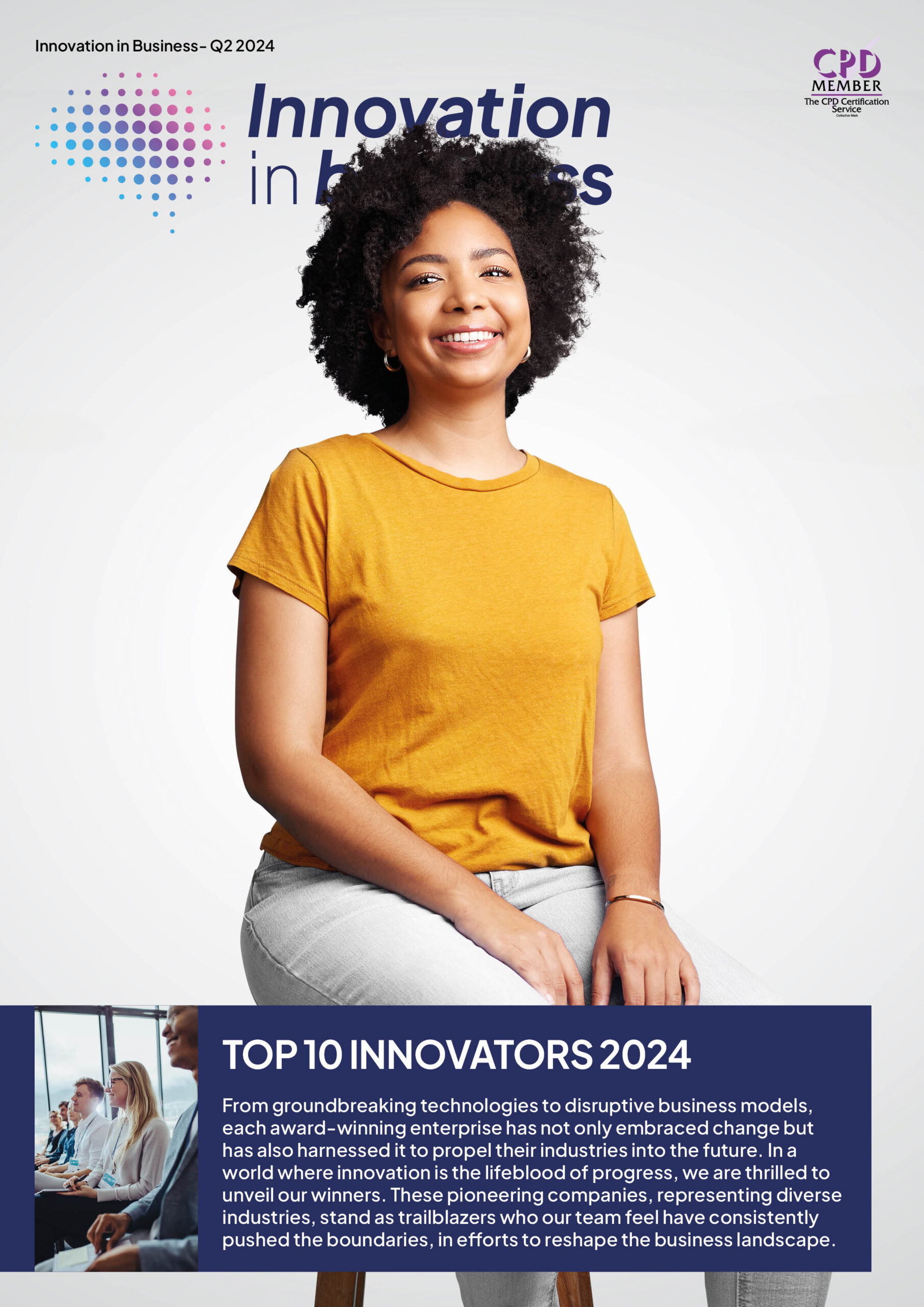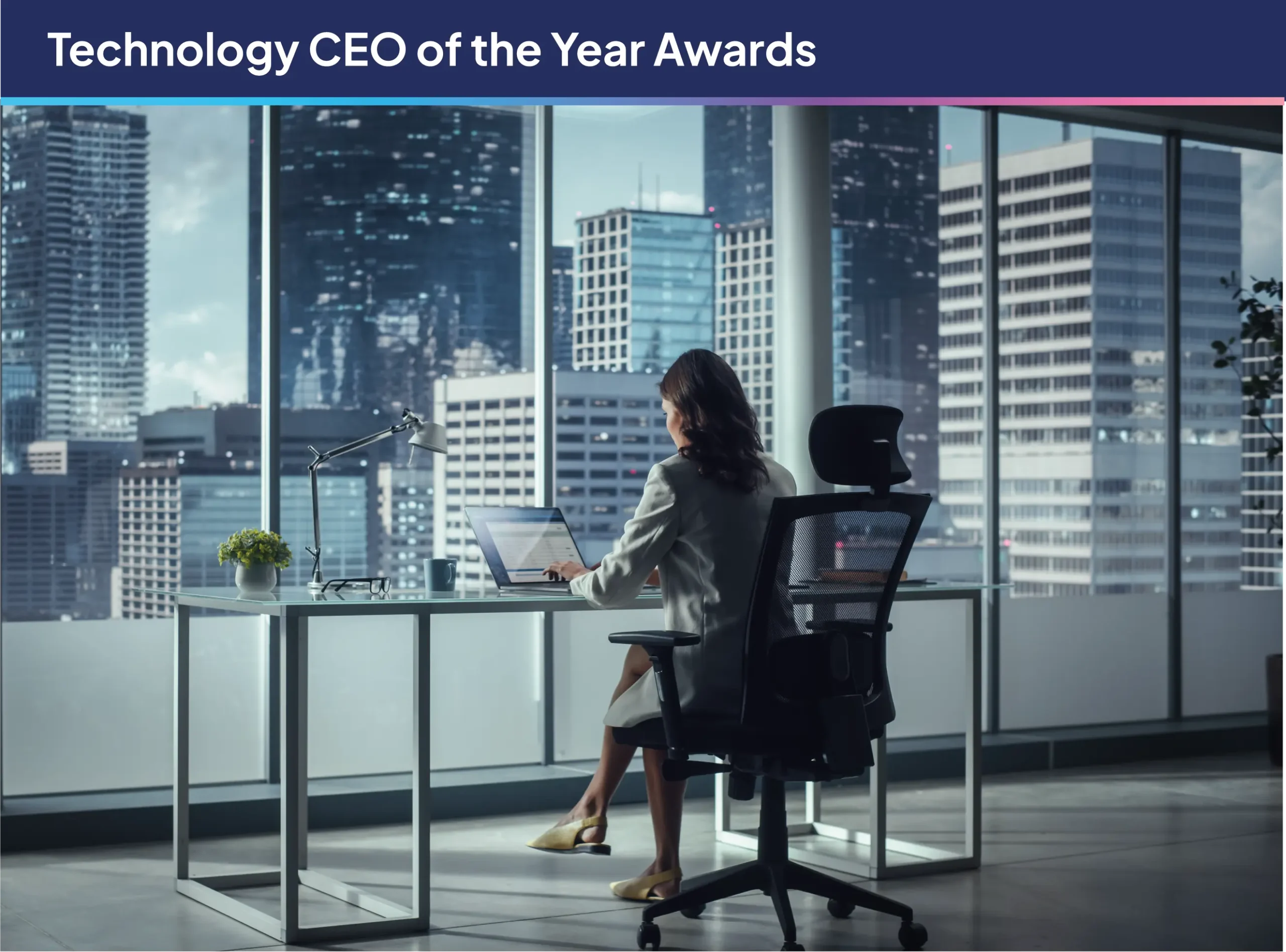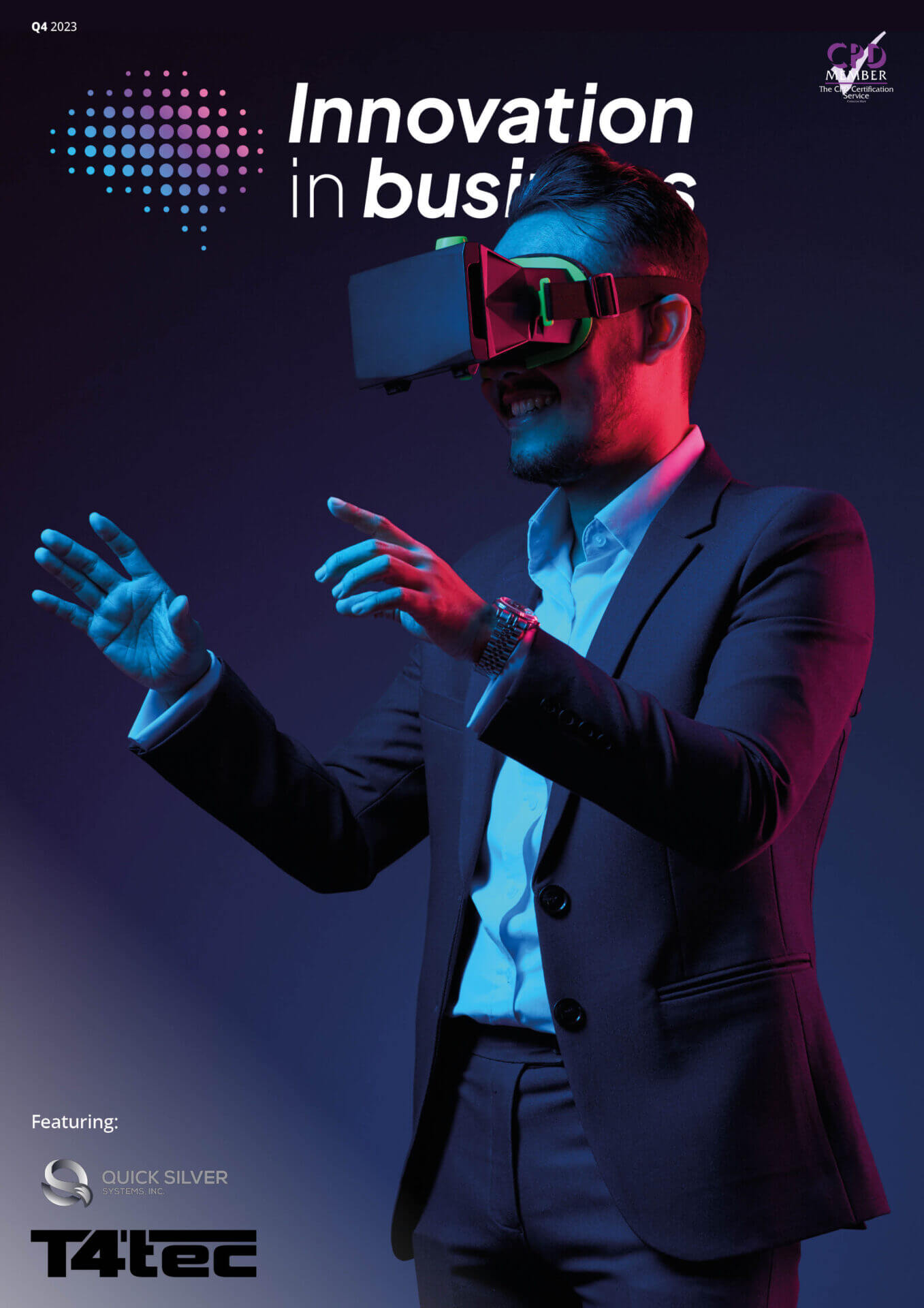
Containing Digital Carbonisation: Safeguard the Digital Industry With These Four Sustainability Strategies
6 March 2024

By Davide Bianchi, Senior Technical Lead at Mia-Platform
The inconvenient truth that continues to hang over humanity, to coin the title of Al Gore’s famous docufilm, is the impact of climate change. It takes on a whole new layer of complexity when juxtaposed with the technological revolution that has coincided and, in some ways, also contributed to the climate crisis.
There is no denying that human industry and endeavour have made significant strides in eliminating barriers to productivity to make our collective lives more convenient. The digital transformation of sectors like finance, healthcare and retail has facilitated globalisation, opening accessibility to several services whilst simultaneously expediting manual processes.
However, the digital era we live in raises concerns as it also elicits praise. The electricity needed to power the digital sector is one of the largest contributors to global CO2 emissions via the release of fossil fuels. If it were a nation, the digital sector would be ranked as the fifth largest emitter of CO2, ahead of Japan. Humanity finds itself in a catch-22 situation: the force we rely on to improve the world is simultaneously destroying it. With the advent of energy-intensive technologies such as AI and blockchain, the Green Software Foundation found that the digital economy will contribute 1/3 of GHG emissions worldwide by 2050.
The question is, how do you pursue digital transformation without putting the environment at risk? Here, we discuss four readily available strategies to help offset the effects of digital carbonisation that can be incorporated into technology maintenance practices.
1. Microservices – The best things come in small packages
To power an IT infrastructure requires a constant source of electricity, 24 hours a day, seven days a week. There are so many processes and operations that businesses depend on at a moment’s notice, but what if there was a way to mitigate the power consumption of an IT infrastructure without compromising performance?
Microservices can break down applications into independent modular services. Microservices form one-quarter of the four key principles of MACH architecture (Microservices, API-first, Cloud-Native, Headless), a modern approach to platform engineering that enables enterprises to selectively integrate the best tools available and continuously evolve their digital platforms without facing a complete rebuild. Microservices are modular, independent services that perform a specific function or business logic, for example, adopting a microservice for accounts, or for payments, or inventory management.
Unlike a monolithic architecture, whereby all processes are built as single services, microservices processes are decoupled with their own business logic and database, lending to greater scalability and resource efficiency as individual services need less computational power to run.
2. Working with suppliers – Great minds think alike
A network of best-in-class partners and suppliers is critical to organisational success. They can improve credibility, market reach and cost efficiency. But as with any relationship, you need to pick the right partner and one that shares your sustainability ambitions. By collaborating with partners committed to decarbonisation, you can help mitigate carbon-intensive processes such as manufacturing and transporting goods.
Technology partners that use cloud technology are a safe bet. Rather than maintaining mainframe computers on-site, your corporate resources are managed at an external data centre. With cloud computing, you can effectively allocate resources, leading to more efficient server utilisation rates and reducing the need for additional hardware. For example, according to a report by Accenture, cloud utilisation can reduce carbon emissions by 35-45% compared to legacy IT.
Some partners actively embed sustainability into their best practices. Google Cloud, for example, offers tools such as a Cloud Region Picker, which enables the user to select environmentally responsible options and a Customer Carbon Footprint tool to track carbon emissions. Functionality such as this reinforces the idea that partners can help facilitate your sustainability strategy.
3. Open-source – Connecting with the community
When it comes to reducing your digital carbon footprint, there is a community of like-minded developers who share the same goals of using software to limit carbon emissions.
For example, Open source refers to a software development approach that encourages collaboration and code sharing to create optimised applications. Facilitated through platforms like GitHub, your organisation can benefit from utilising the code found in publicly available projects. Kube-green is an example of one such open-source application. Designed to reduce carbon emissions by enabling users to customise when computing resources can start and go to sleep rather than allowing idle programs to run in the background and drain power.
4. Adopting a green software approach – The grass can always be greener
Your organisation’s software developers are integral to your operations and responsible for testing and releasing applications that can facilitate improved outcomes. However, application development must be regulated to eliminate inefficiencies and enforce green practices.
To achieve this, an effective sustainability plan needs to be implemented from the top down. External bodies like the Green Software Foundation provide the necessary frameworks to encourage organisations to introduce energy efficient practices when developing software.
If you are serious about reducing your carbon footprint, green software resources should be exploited. As part of your CI/CD processes, you must evaluate and measure energy efficiency, hardware optimisation and carbon awareness when delivering new applications.
Afterthought – Can digital transformation be sustainable?
Digital transformation and environmental causes, whilst opposed in terms of outcomes, can coexist and deliver long-term benefits. However, managing digital transformation and sustainability is no easy task, but technology can be strategically incorporated to manage the volume of carbon emissions.
There is no one-size-fits-all approach to sustainable digitalisation, and organisations must implement strategies on a case-by-case basis, considering the impact on operations before committing. Net Zero is a standard that will be enforced across all industries as the push for carbon neutrality intensifies. To become a self-sufficient society, we need to acknowledge the carbon efficiency of our technology and its impact on the environment.

Technology
25 March 2025
Ransomware-As-A-Service Variants on the Rise With Critical Infrastructure Providers at the Greatest Risk

Business Advice
25 March 2025
Claims Processing Automation: How Insurers Can Cut Costs and Improve CX

Technology
18 March 2025
Secret Signs Your Internet Security Has Been Compromised



